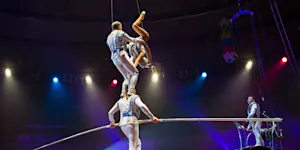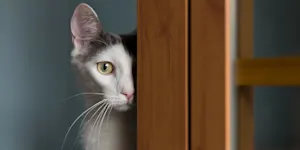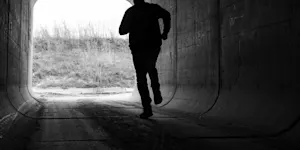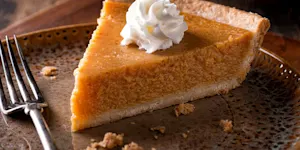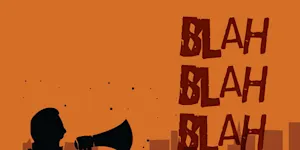What Makes This Word Tick
"Shambolic" brings to mind delightful chaos. While not an everyday part of the English lexicon, it stands out when order has taken the day off. It captures the essence of disarray and confusion without the heavy baggage of catastrophe.
If Shambolic Were a Person…
Picture your quirky cousin who shows up to family dinners with mismatched socks, an armful of juggling balls, and endless tales of misadventure. Ever charming, always unpredictable—with a heart of gold.
How This Word Has Changed Over Time
Originally, "shambolic" was influenced by the British slang "shambles" meaning disorder. Over the years, it’s maintained its delightful disorder, though modern usage often conveys a comedic tone, giving a wink to its otherwise tumultuous nature.
Old Sayings and Proverbs That Use Shambolic
While "shambolic" doesn’t headline any age-old sayings, it fits comfortably into the spirit of "a fine mess," adding a modern twist to the timeless appreciation of life's delightful unpredictabilities.
Surprising Facts About Shambolic
"Shambolic" finds its etymological roots in the 20th-century British vernacular. It rarely appears in American lingo, making its usage a winking nod to the UK. Despite its chaotic connotations, the word often evokes laughter rather than outrage.
Out and About With This Word
Next time you visit a yard sale bursting with eclectic treasures or a lively neighborhood block party that’s part pandemonium, you might find yourself describing the scene as delightfully "shambolic."
Pop Culture Moments Where Shambolic Was Used
Though not often spotlighted, "shambolic" springs up in music reviews and theater critiques when performances are endearingly chaotic, promising an evening that's a delightful shamble of talent and mishap.
The Word in Literature
In literature, "shambolic" sits comfortably within British novels, where the narrative is one misadventure shy of calamity. Think Wodehouse’s whimsical tales, where the word would serve as a perfect descriptor for the lovable chaos unfurling.
Moments in History with Shambolic
The Dada art movement of the early 20th century, with its playful disregard for structure and convention, might just have been described as the epitome of "shambolic" art—a glorious jumble that challenged order.
This Word Around the World
In the UK, "shambolic" might describe a bumpy parliamentary session, whereas a similar scene across the pond may simply be "a mess." In Australia, it might even be paired with "barny" to vividly paint a wild gathering.
Where Does It Come From?
Rooted in "shambles," a term that initially referred to slaughterhouses or meat markets, "shambolic" evolved through the centuries to describe scenes of disorder, becoming a linguistic wink at the quirky spirit of the unpredictable.
How People Misuse This Word
One might find "shambolic" mistakenly used to depict catastrophic events. True to its roots, though, it is better suited to playful chaos than dire disorder.
Words It’s Often Confused With
Chaotic: Both imply disorder, but "chaotic" leans towards more intense turmoil.
Disorganized: Suggests a lack of order but not necessarily the charm of chaos.
Messy: A more casual descriptor of a similar scene, lacking "shambolic's" specific flair.
Additional Synonyms and Antonyms
Synonyms include haphazard, muddled, or topsy-turvy. In contrast, antonyms like orderly, structured, or pristine capture the spirit of the highly organized despite lacking "shambolic’s" charm.
Want to Try It Out in a Sentence?
The garage sale had turned into a shambolic spectacle, with half-priced treasures scattered amidst the gathering crowd, each participant contributing to the delightful whirlwind.



